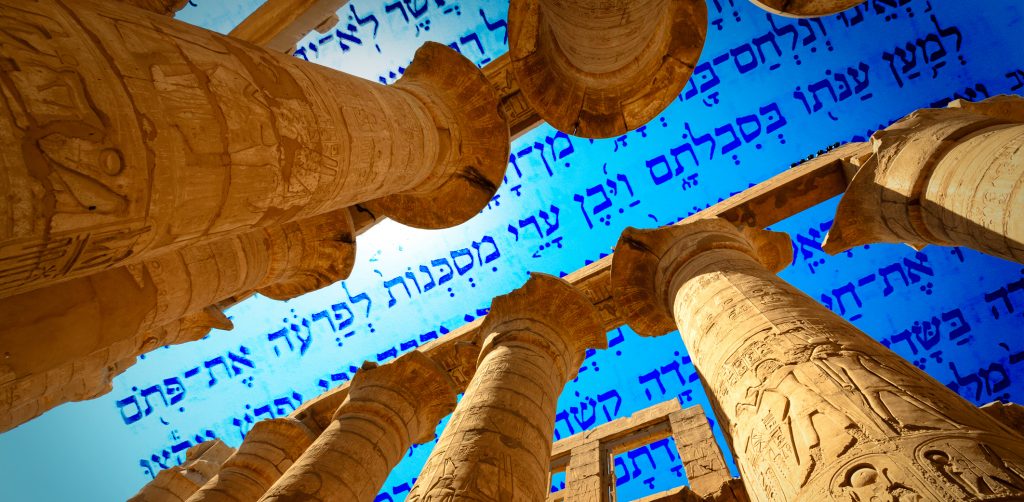So who really built the magnificent buildings and monuments the pharaohs left behind? And how is it that the image of our forefathers being whipped as they built the pyramids is etched on our minds? Let’s put things in order. After all, Seder night is near, and Seder also means “order” real story
We were slaves? That is by no means certain. The body of archeological evidence paints a completely different picture about the people who built the pharaohs’ magnificent buildings, and it looks more like the Silicon Valley of the ancient world than a life of slavery. In the 1990s, the remains of settlements began to be discovered surrounding the great pharaonic monuments, especially the great pyramids. Archeologists came to understand that these were not slave camps, but rather “company towns” that were planned with the aim of catering to all of the workers’ needs. The findings have shown that they were well fed a healthy diet consisting of meat of every possible kind, from poultry to lamb and beef, as well as many kinds of fish. To ensure a regular supply for those hi-tech communities, customized harbors were built on the Nile, and roads were paved.
Robotic probes equipped with cameras that penetrated hidden parts of the pyramids subsequently discovered graffiti illustrating that the workers were divided into groups or gangs. They had names like “The Drunkards” or the “Khufu Gang”. Based on the nature of these names, researchers say that it seems that the atmosphere was positive, and not one that is typical of slavery. Archeologists estimate that the groups were given periodic targets, and that they competed against each other. The graffiti they etched on the huge stone blocks were evidence of victory.
Because of the diversity of the names of the different groups, which sometimes include the names of distant settlements, some researchers believe that it is possible that at least part of the workers were brought to the worksites as a rotating labor force under compulsory mobilization, with “orders” being sent to groups of young people from different cities. And yet, they believe that this is not evidence of slavery but of motivation, with the young men enthusiastically signing up to join the national project.
The connection between the story of the exodus from Egypt and the Haggadah and the visual image of slaves clad in filthy loincloths as teams of them lugged a huge block of stone up a half built pyramid is purely an invention of our own making. Well, not exactly ours. It is Hollywood and the kitschy sagas that dominated the 1950s. But we are the ones who bought into the story, and we turned the cinematic image into a collective memory.
So what, then, is true? The bible tells us the story of Pithom and Raamses, cities that were built by the wretched Israelites in conditions of slavery. Archeologists believe that they have identified the sites of the two cities, which means that at this point, the bible has corroboration in the form of physical scientific evidence.
But archeology is always, to some extent, a matter of politics. The man who rekindled the debate that it was not the Israelites who built the pyramids is Zahi Hawass, the Egyptian Indiana Jones. Armed with a Stetson hat à la Harrison Ford, Hawass – who represents the Egyptians who are against the normalization of ties with Israel – has not ceased to rant against the scientifically invalid argument that holds that the annoying Yahud built the pyramids.
So in the end, we probably didn’t build the pyramids, but we still have a problem with some Egyptians.


